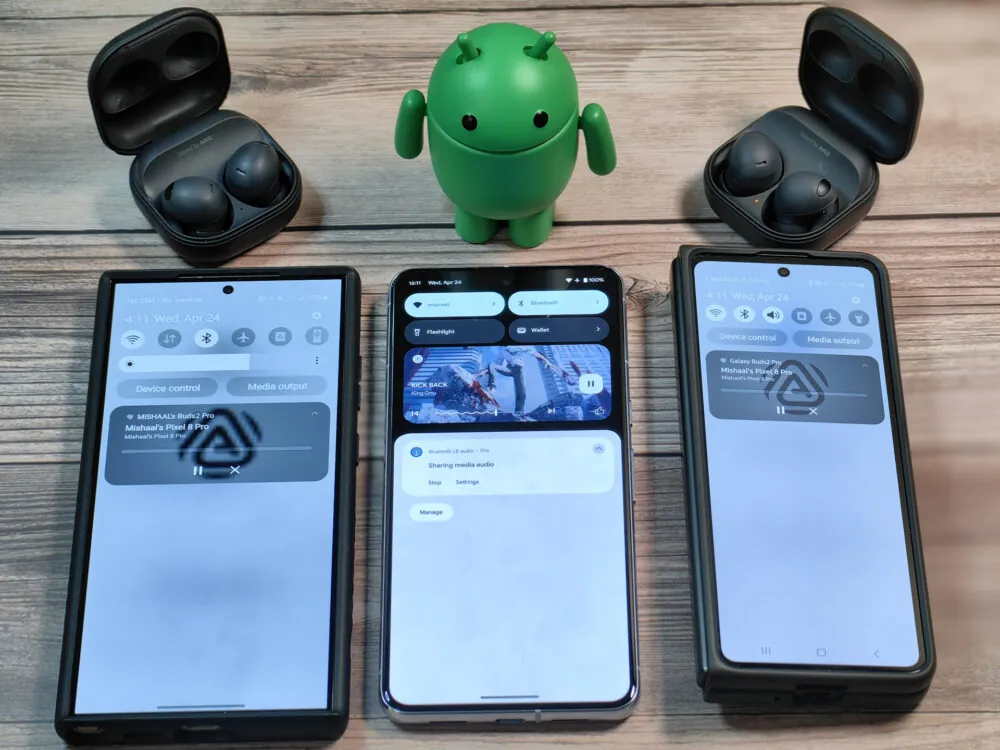Presentations reduce the comprehension and retention of audio and visual information.
PowerPoint-style presentations force multitasking in a way that our brains can’t really handle. Almost every presentation (PowerPoint or otherwise) includes a speaker speaking during a slideshow filled with words. The point of the idea is that the words on the screen support what is being said, thus increasing comprehension and memory.
However, the problem with this is that presentations reduce the absorption and retention of audio-visual information, as the human brain performs very poorly in any multitasking situation that requires using the same part of our thinking apparatus for each task. Psychologist Mark Kotanche, a researcher at the University of Pittsburgh, explained why in Popular Mechanics. “Linguistic areas of our brain process sounds, words, and the meaning of sentences. Imagine a circuit where there are more inputs and outputs, but they share the same wires,” he said.
In other words, when our brain hears words and sees different words at the same time, there is actually a short circuit in the brain, or the brain alternates between the two, confusing both. That’s why nearly every PowerPoint presentation is boring and easy to forget, says Inc Magazine, which also made the bold statement in the headline.
The brain can, of course, multitask if multitasking depends on different parts of the body. That’s why we can drive safely while listening to the news on the radio.
Several highly successful entrepreneurs, such as Jeff Bezos and Elon Musk, have intuitively come to the conclusion that science has since proposed and is said to be reluctant to review PowerPoint presentations – He writes company
Fortunately, there are effective alternatives to point-to-point presentations. Here are three options suggested by magazine writer Jeffrey James.
If there is an issue that needs to be discussed and decided upon, it is more beneficial to use written information. This is a short document (up to 3 pages) that everyone will read at the start of the discussion. It’s important that we don’t post this before the meeting because almost no one will read it.
Creating interactive experiences is useful for teaching and training. This means workbooks, group exercises, and especially taking notes, but always with a pencil or pen and never with a computer. Taking notes on paper greatly improves memory because it takes up more parts of the brain, which is the opposite of the effect of PowerPoint.
Give a speech to entertain or inspire. If the group is too large to participate in interactive exercises, a TED Talk-style presentation will work well. If there is a picture important to understanding the speech, show it but don’t display a list. He’s never been to a TED Talk, for example, and obviously for a reason.
Hardware, software, tests, curiosities and colorful news from the world of IT by clicking here!












































